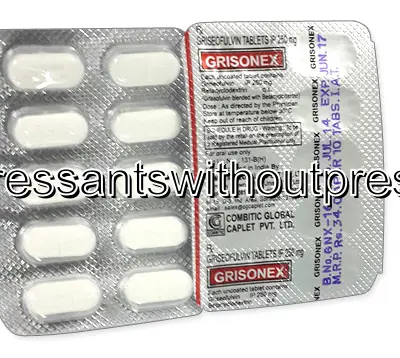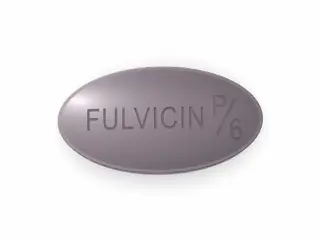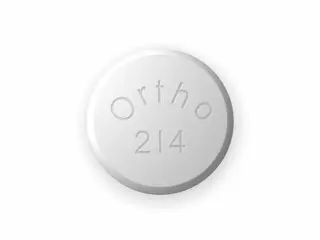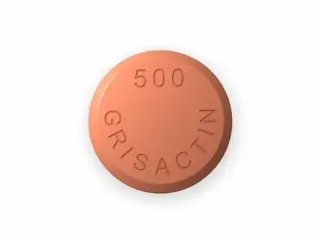Buy Griseofulvin Online in Ireland – No Prescription Needed
| Package | Dosage | Price | Price per Dose | |
|---|---|---|---|---|
| Dosage: 250mg | ||||
| 360 pill | 250mg | €335.53 | €0.93 | |
| 180 pill | 250mg | €178.03 | €0.99 | |
| 120 pill | 250mg | €125.99 | €1.05 | |
| 90 pill | 250mg | €104.07 | €1.15 | |
| 60 pill | 250mg | €79.42 | €1.33 | |
| 30 pill | 250mg | €45.18 | €1.49 | |

Griseofulvin Description
Overview of Griseofulvin
Griseofulvin is an antifungal medication commonly used to treat various fungal infections of the skin, hair, and nails. It works by interfering with the growth process of fungi, making it effective against dermatophyte infections such as athlete's foot, ringworm, and fungal nail infections. This medication has been in use for many decades and remains a preferred choice for many patients due to its proven effectiveness and safety profile when used correctly.
How Griseofulvin Works
The active ingredient, griseofulvin, targets dividing fungal cells. It binds to the keratin precursor cells and inhibits the fungal cell mitosis, preventing the fungi from proliferating and spreading. Because of this mechanism, it is particularly effective against fungi that infect keratinized tissues, such as the skin, hair, and nails. It is typically administered orally, and its absorption can be enhanced when taken with fatty foods. Once absorbed, it accumulates in keratin precursor cells, providing a sustained antifungal effect.
Usage and Dosage
The dosage of griseofulvin will depend on the type and severity of the infection, as well as the patient's age and overall health. Physicians usually prescribe it once or twice daily, with treatment courses lasting several weeks to months. It is important to follow the prescribed dosage and complete the full course, even if symptoms improve earlier. Proper adherence helps prevent recurrence and the development of resistant fungal strains. Patients should also notify their healthcare provider of all other medications they are taking to avoid possible interactions.
Potential Benefits
Many users find griseofulvin to be highly effective for treating stubborn dermatophyte infections that do not respond well to topical treatments alone. It can clear infections from nails, skin, and hair, restoring normal appearance and reducing discomfort. The medication is particularly useful for nail fungus, which can be difficult to treat with topical agents. With consistent use, many patients experience significant improvement and symptom resolution.
Possible Side Effects
While generally well-tolerated, griseofulvin can cause side effects in some individuals. Common adverse effects include headache, dizziness, gastrointestinal upset, such as nausea or stomach pain. Rarely, more serious effects like allergic reactions, skin rashes, or liver enzyme changes may occur. Because of potential liver effects, healthcare providers may recommend periodic liver function tests during treatment. Patients should report any unusual symptoms immediately and avoid alcohol consumption during therapy to minimize liver strain.
Precautions and Interactions
Before starting treatment with griseofulvin, it is vital to inform your healthcare provider of any liver problems, blood disorders, or other medical conditions. Women who are pregnant or breastfeeding should discuss the risks, as the medication's safety in these situations is not fully established. Griseofulvin may interact with other drugs, including barbiturates, rifampin, and certain oral contraceptives, potentially reducing their effectiveness. Alcohol can enhance side effects and should be avoided during treatment. Proper monitoring and communication with your healthcare provider can help ensure a safe and effective treatment experience.



